Background information
In the past, Brazil did not really have a standard for plugs and power outlets. The country had been using as many as 10 (!) different types of plugs and sockets, including the frequently used type C. In order to put an end to this proliferation of different socket and plug types, the Brazilian Association of Technical Standards (Associação Brasileira de Normas Técnicas (ABNT)) decided to standardize on the international standard 230 V household plug system, called IEC 60906-1. In 2001, this standard was adopted in Brazil as NBR 14136 and its implementation started in 2007. This Norma BRasileira 14136, however, is not completely identical to IEC 60906-1: the Brazilian standard has a pin diameter of 4 mm for the 10 A plug and 4.8 mm for the 20 A plug, whereas the original IEC 60906-1 standard only has one single pin diameter of 4.5 mm and a maximum current of 16 A.
 Brazil’s standardization on one single plug and socket type, however, does entail some risks. Why? Simply because Brazil is one of the very few countries that does not have a standard mains voltage, but at the same time it has only one official type of socket! In other words, you cannot tell the difference between a 220 V and a 127 V socket!
Brazil’s standardization on one single plug and socket type, however, does entail some risks. Why? Simply because Brazil is one of the very few countries that does not have a standard mains voltage, but at the same time it has only one official type of socket! In other words, you cannot tell the difference between a 220 V and a 127 V socket!
Most states use 127 V electricity, but a couple of them are on 220 V. This means that a 127 V hairdryer bought in Rio de Janeiro will be destroyed when plugged into a compatible 220 V socket in Distrito Federal! Make sure you check out the local voltage before plugging something in (see the list above)! The standard trick to know the local voltage (checking a light bulb to see what voltage is printed on it) often does not work, since quite some homes have both 127 V and 220 V power supplies for their lighting. It must be said, though, that many appliances sold in Brazil are dual voltage, but that’s definitely not the case for all of them.
 Fortunately, in the past few years, there has been a tendency to make the difference in voltage clearly visible. Usually, 220 V sockets will be red and 127 V outlets will be white. If that is not the case, the sockets may be labelled with a sticker indicating the voltage. Such red and white stickers can be bought at most DIY shops nowadays.
Fortunately, in the past few years, there has been a tendency to make the difference in voltage clearly visible. Usually, 220 V sockets will be red and 127 V outlets will be white. If that is not the case, the sockets may be labelled with a sticker indicating the voltage. Such red and white stickers can be bought at most DIY shops nowadays.
Click here for a global map showing the spread of the different plug types used around the world.
Click here for a detailed list of the countries of the world with their respective plug and outlet types, voltage and frequency.
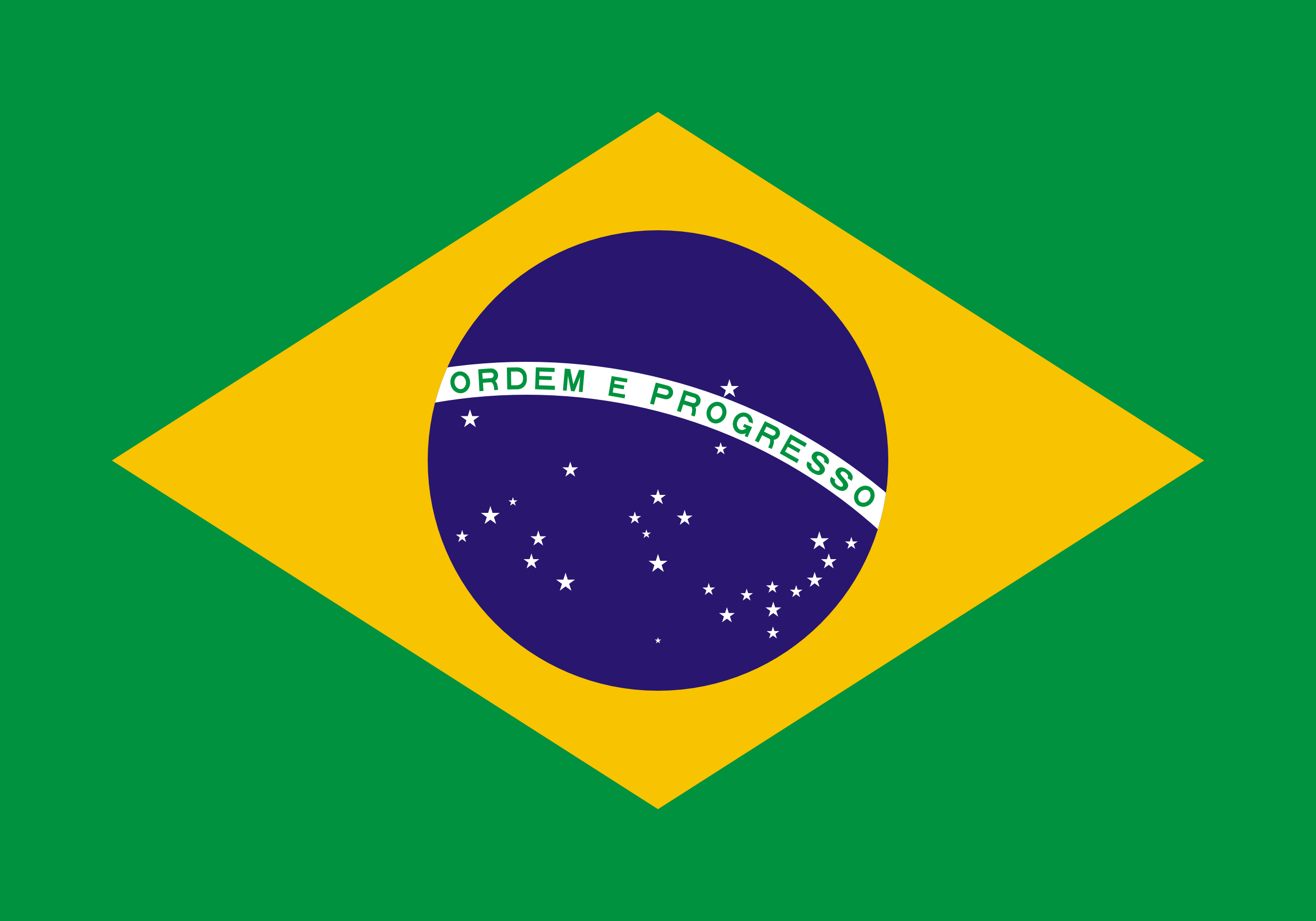
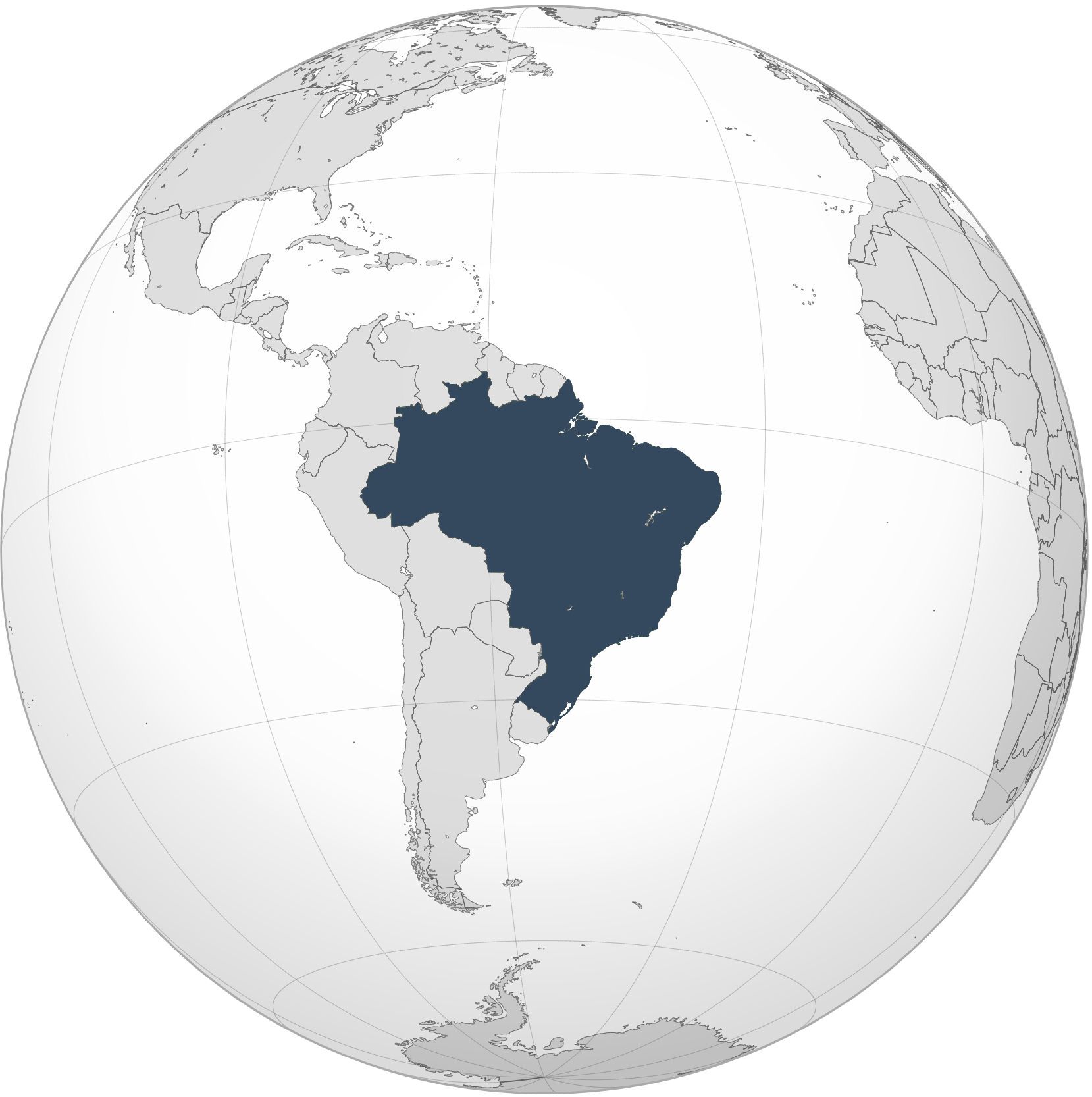
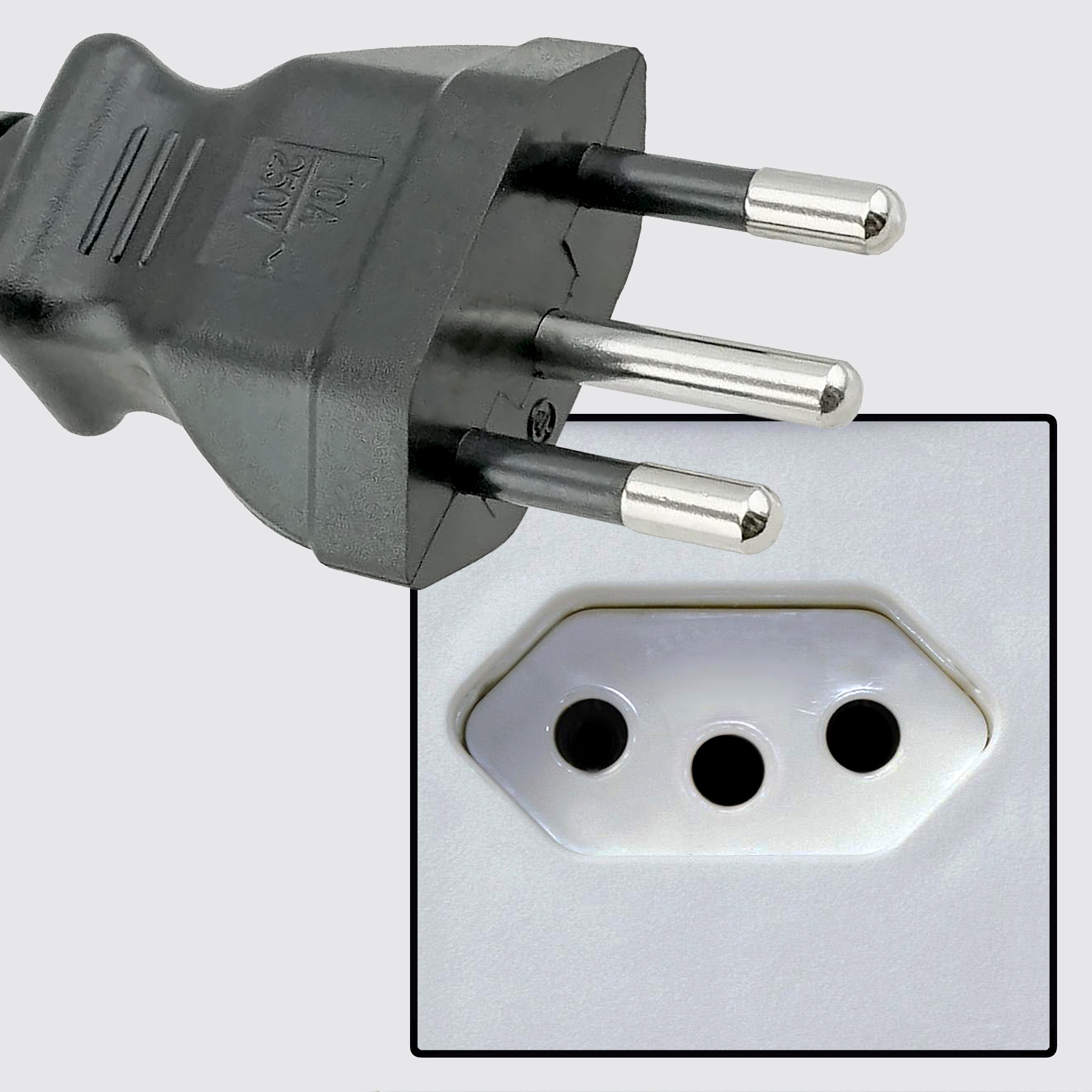
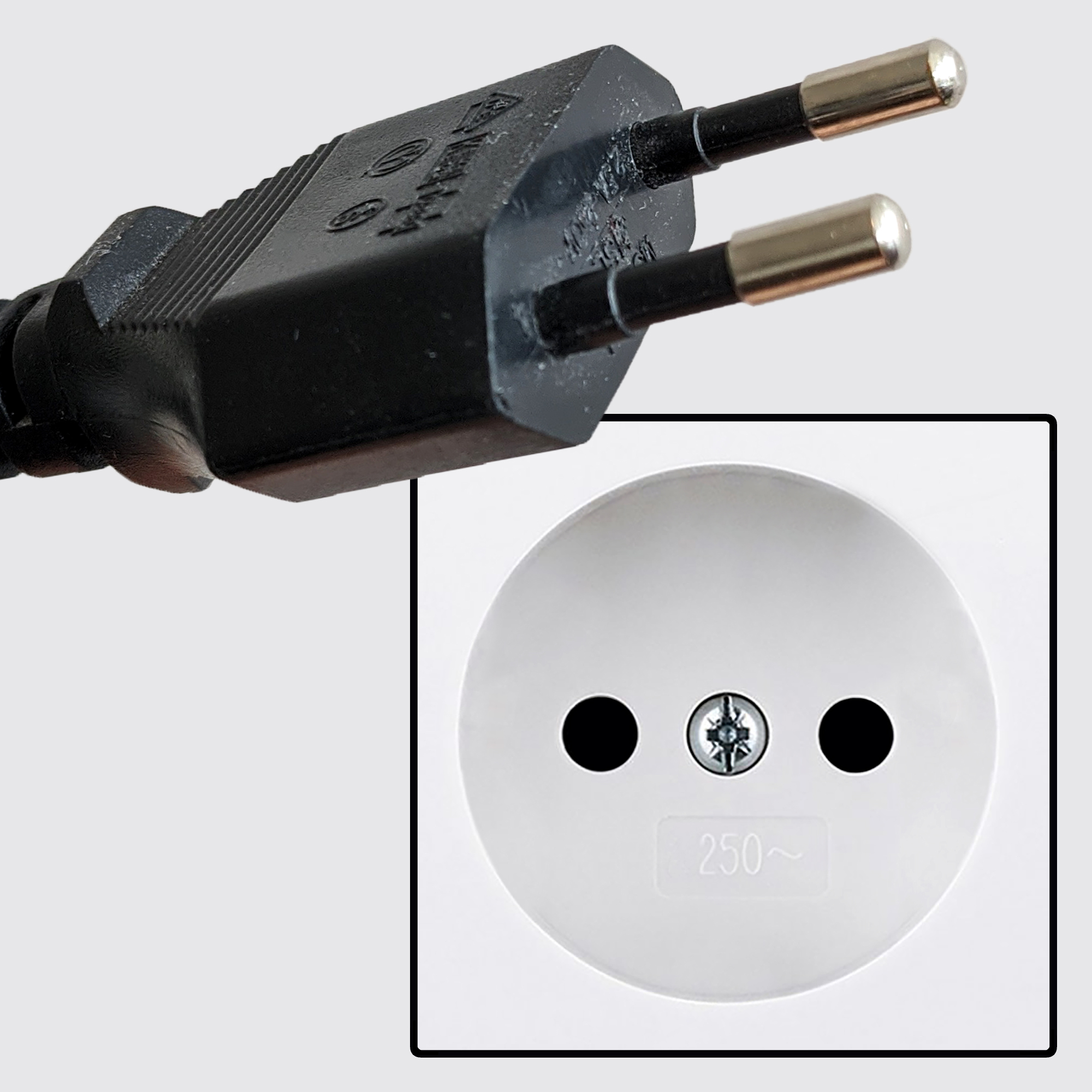
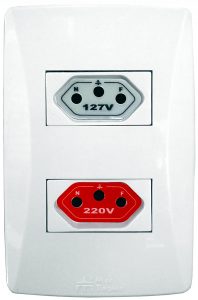 Brazil’s standardization on one single plug and socket type, however, does entail some risks. Why? Simply because Brazil is one of the very few countries that does not have a standard mains voltage, but at the same time it has only one official type of socket! In other words, you cannot tell the difference between a 220 V and a 127 V socket!
Brazil’s standardization on one single plug and socket type, however, does entail some risks. Why? Simply because Brazil is one of the very few countries that does not have a standard mains voltage, but at the same time it has only one official type of socket! In other words, you cannot tell the difference between a 220 V and a 127 V socket! Fortunately, in the past few years, there has been a tendency to make the difference in voltage clearly visible. Usually, 220 V sockets will be red and 127 V outlets will be white. If that is not the case, the sockets may be labelled with a sticker indicating the voltage. Such red and white stickers can be bought at most DIY shops nowadays.
Fortunately, in the past few years, there has been a tendency to make the difference in voltage clearly visible. Usually, 220 V sockets will be red and 127 V outlets will be white. If that is not the case, the sockets may be labelled with a sticker indicating the voltage. Such red and white stickers can be bought at most DIY shops nowadays.


